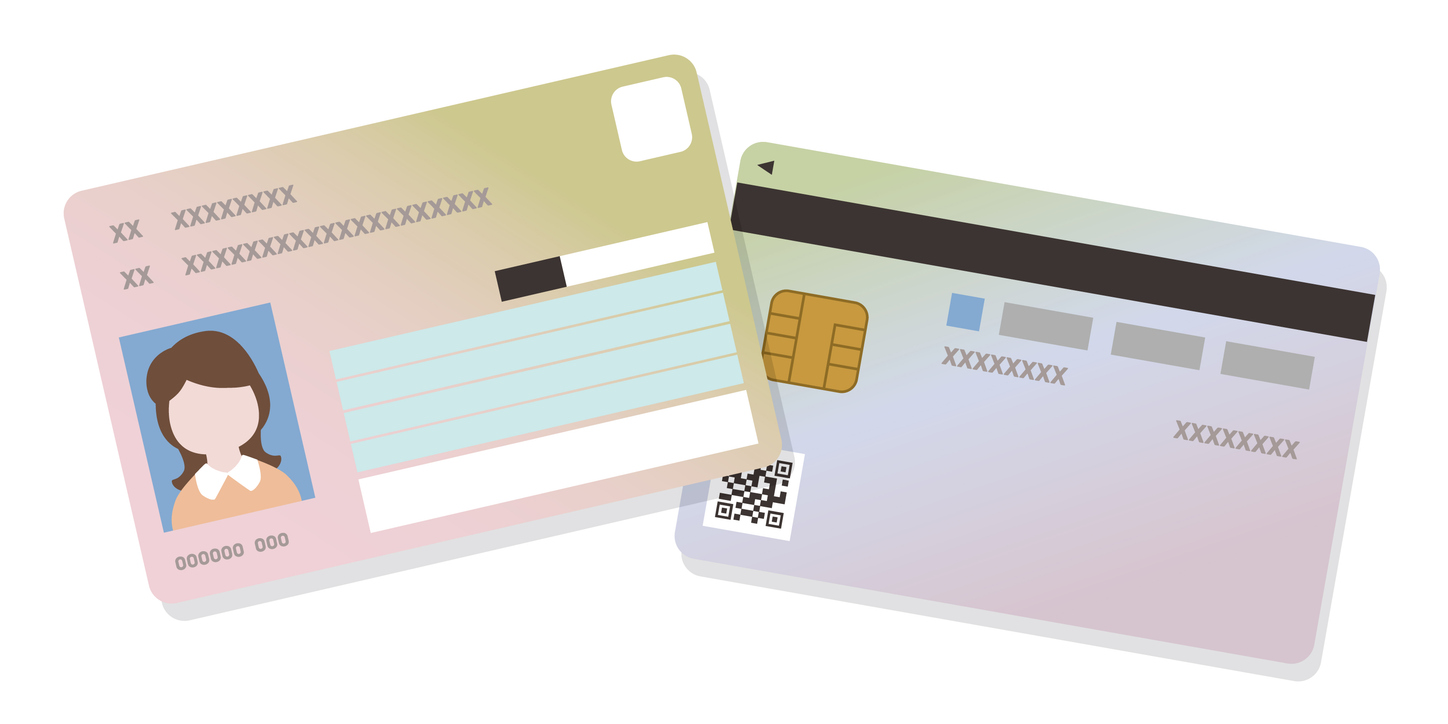2025/02/10
The Maina Health Insurance System Exposes a “No-Turning-Back” Decision-Making Process

On December 2, the issuance of conventional health insurance cards was discontinued. While existing insurance cards remain valid for up to one year and the “certificate of eligibility confirmation” issued as a substitute for the Maina health insurance card (the individual identification insurance card) can be used for up to five years as a transitional measure, the conventional health insurance card has effectively been abolished, marking a “shift to a system based on the Maina health insurance card” (as stated in the government press release).
The issuance rate of the My Number card (the individual identification card), which was introduced in 2017, had stagnated at 15% as of March 2020. To promote the use of the card, the "Maina-point Project" was started in September of that year with a budget of 2 trillion yen. Despite this, the issuance rate remained sluggish, reaching only 50%. Amid these circumstances in October 2022, then-Digital Minister Taro Kono abruptly announced the abolition of the conventional health insurance card, triggering widespread social backlash. Criticism erupted over the "forced acquisition" of the card, which was presented as a trade-off for access to the universal health insurance system. Simultaneously, operational confusion caused by a hasty policy decision became evident among frontline workers, prompting even members of the ruling party to call for a review of the system.
Ultimately, the Maina health insurance system was launched as planned. However, looking back at the system's initial design, the Cabinet Office stated in its “Draft Roadmap After Introduction of the My Number Card,” released in 2017, that the health insurance card integrated with the My Number Card “would begin to be used from fiscal 2018 in a stepwise manner.” While it was clearly a draft, the proposed timeline was also unrealistic. That said, why did the Cabinet Office not propose amending the law at that time to make the use of the Maina health insurance card “mandatory rather than voluntary”? If the initial misdirection had been corrected at the beginning, it would not have been necessary to spend such a large amount of taxpayers’ money on Maina-point giveaways and advertising. Instead, sufficient budget and time could have been allocated to designing the system more thoughtfully.
Another critical point in the development process of the Maina health insurance system is the spread of rumors on social networking services claiming that “several millions of fraudulent uses of paper insurance cards occur annually.” Notably, this rumor was intentionally leveraged to influence public opinion. However, the research paper cited as evidence stated that “most of the frauds result from simple numbering errors and the use of cards after the expiration of eligibility.” In fact, during Diet deliberations on the issue of national health insurance, the Councilor of the Minister's Secretariat, Ministry of Health, Labor and Welfare, clarified: “In the municipal national health insurance program, which covers 25 million members, 50 cases of fraud, such as impersonation or falsification, were identified over the five years from 2017 to 2022.” In other words, the advantages of the Maina system that should be emphasized are unrelated to fraud prevention. The failure to communicate the legitimacy of the Maina health insurance card as a benefit to the insured— “offering better medical service”—indicates the missteps of the Maina health insurance card system promoted without fixing the wrong buttoning up.
This Week’s Focus, 12.1 – 12.5
Takashi Mizukoshi, the President